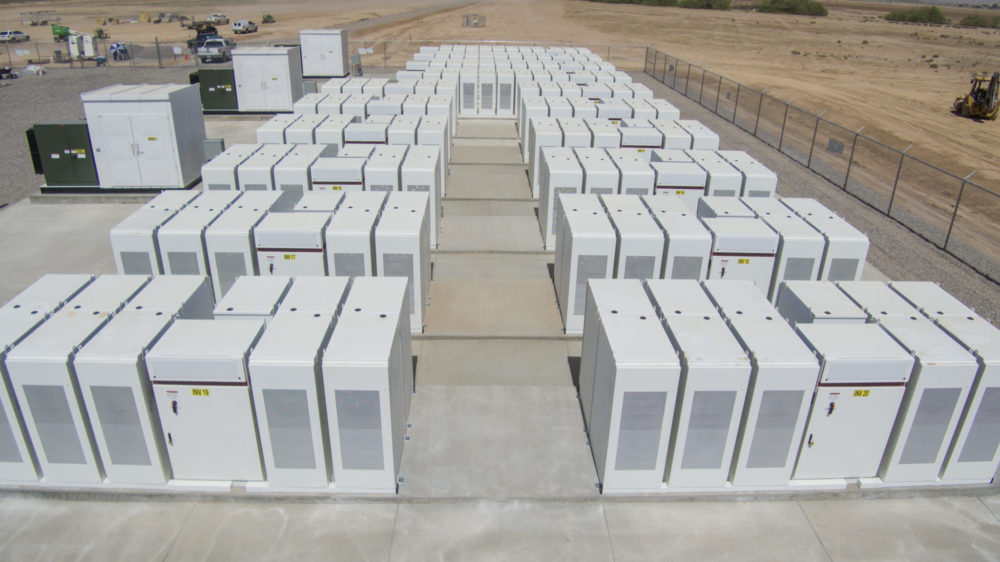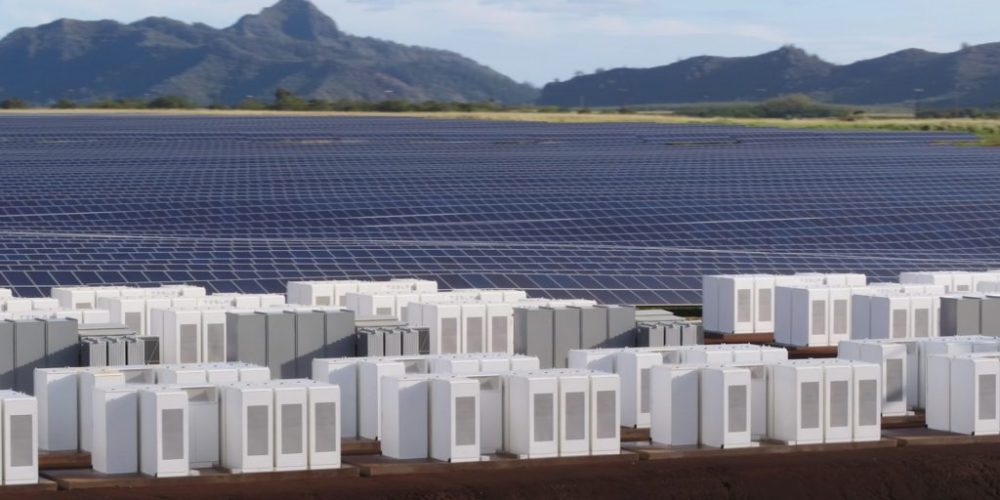Elon Musk’s public offer to rebuild Puerto Rico’s power grid, via Twitter, has now turned into a request for qualifications (PDF) – the next step in a process leading toward a public bidding process.
@elonMusk Let's talk. Do you want to show the world the power and scalability of your #TeslaTechnologies? PR could be that flagship project. https://t.co/McnHKwisqc
— Ricardo Rosselló (@ricardorossello) October 6, 2017
In the fall of 2017, leadership in Puerto Rico suggested that they were considering getting bids on Tesla’s proposed energy storage concepts for the island. Since then, constant reports about small scale energy storage being deployed on the island have filtered out. Of course Tesla has been part of it, but the whole of the industry – including Sonnon, LG, Fluence, AES and so many others have been involved.
Last month, as part of the solicitation process, a government requested report, Desirability and Convenience Study: Utility Scale Energy Storage Systems (PDF), was published stating that total savings from a 40 MW / 48 MWh energy storage system:
Would be about $120/MW-hr. Assuming 40 MW charge/discharge every day at this differential cost, the total annual saving would be approximately $1.75 million per year.
And on June 22, as a continuation of this solicitation process, the Government of Puerto Rico released a Request for Qualifications (RFQ) for the Puerto Rico Electric Power Authority Utility Scale Energy Storage System Project (PDF). The deadline for questions on the submissions is July 6, with submissions being due by August 3 and notice to the shortlisted members to be sent out by August 17.
The projects up for bidding are ten 20 MW / 20 MWh battery electric storage systems (BESS). The systems should have the “flexibility and modularity to expand to a 40 MW / 160 MWh BESS”. The hardware will be interconnected to 115 kV switchyards owned by the utility.

The BESS will be required to offer a full suite of grid services:
- Frequency control and regulation
- Rapid spinning reserve and fast frequency response
- Voltage regulation and control
- Fast dynamic reactive power reserve and voltage support
- Short duration dispatchable generation source
- Black start capability
Additionally, the systems will be required to help manage renewable intermittency, and provide the island’s utility, PREPA, with “grid operational flexibility”. A higher level of technical specifications of the required services above are noted in Appendix 3, page 44 of the PDF.
Bids will be considered on the following factors:
- Technical qualifications and capability (40% Weighting)
- Financial qualifications and capability (40% Weighting)
- Conceptual technical approach statement (10% Weighting)
- Management plan (10% Weighting)
According to NREL, in 2015 Puerto Rico used about 19,300 GWh during the year – with a peak demand of 3,685 MW.
Two things will heavily affect these values going forward. The first factor is a tragic one: As a result of the hurricane hundreds of thousands will never return to the island, and it will be years until infrastructure including buildings are rebuilt to provide a basis for prior energy demands. Additionally, there are now hundreds of megawatt-hours of energy storage already deployed on the island – with electrek.co estimating that Tesla alone has well greater than 160 MWh already deployed.
With that, 400 MW of energy storage systems will be able to meet well more than 10% of an historical peak demand that is unlikely to be matched in the near future. On a megawatt-hour basis these systems could meet as much as 43 minutes of the island’s total electricity needs – based on 2015 numbers.
The immensity of the system size relative to overall grid needs is the most fascinating statistic. For comparison’s sake, California’s 2 GW goal would be less than 2% of it’s peak demand.
And not as if the people of the island needed a reminder, but after a recent blackout it Tesla reported that 662 locations were still running due to its battery storage systems in place.
https://twitter.com/elonmusk/status/986746909153869824
This content is protected by copyright and may not be reused. If you want to cooperate with us and would like to reuse some of our content, please contact: editors@pv-magazine.com.








By submitting this form you agree to pv magazine using your data for the purposes of publishing your comment.
Your personal data will only be disclosed or otherwise transmitted to third parties for the purposes of spam filtering or if this is necessary for technical maintenance of the website. Any other transfer to third parties will not take place unless this is justified on the basis of applicable data protection regulations or if pv magazine is legally obliged to do so.
You may revoke this consent at any time with effect for the future, in which case your personal data will be deleted immediately. Otherwise, your data will be deleted if pv magazine has processed your request or the purpose of data storage is fulfilled.
Further information on data privacy can be found in our Data Protection Policy.